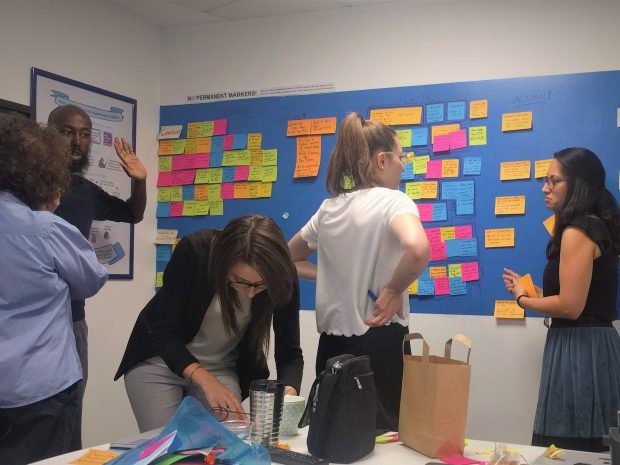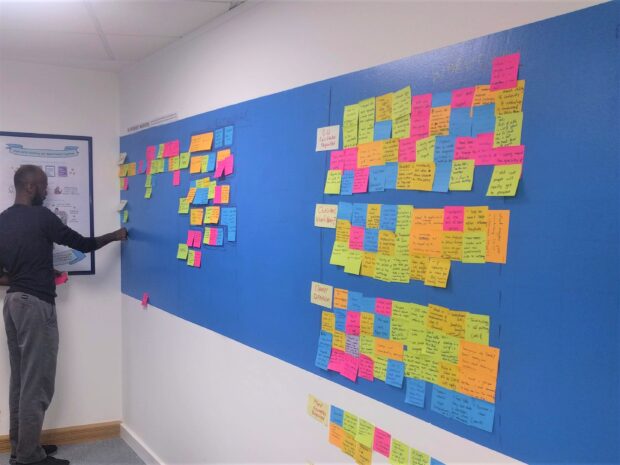
At the end of her January blog post about the User Centred Design Lab, Tracey Williams Allred wrote:
“We’ve learnt a lot in the past 18 months. Now we’re thinking about the future - where can we go from here?”
In this post, I’m going to answer to that question.
Changing government for changing times
Like all our peers across government, DfE is transforming how it makes policy, products and services so we can provide excellent education, training and care. We’ve been re-imagining how we deliver things as whole end-to-end services, at scale (every day about 7.5 million children go to school, taught by about 1 million teachers and other staff).
It’s our job to ensure that those children can get the high quality education they deserve, are supported by social care if they need it, and that people at other stages of life can get educated and trained through universities, colleges and apprenticeships.
Simply delivering all that is challenging enough. Changing how we deliver it is another challenge on top of that.
This is the context behind a new service that the User Centred Design Lab is rolling out in the coming weeks.
A new service to help teams change how they work

It’s an internal service aimed at colleagues and teams in DfE. It uses a lot of the thinking we put into our printed Delivery Book, and applies it in a practical way to real problems, faced by real teams.
It helps those teams (and their leaders) to understand their problems, find evidence that they can use, and make sense of that evidence.
The lab is a multidisciplinary team of user and social researchers, service designers, product managers, behavioural scientists and business analysts. They work with DfE people for a short, focused period of time, usually starting at very early stages of policy and delivery development.
In 8-week projects, we will work closely with subject experts to help them move through a structured and rigorous user-centred research programme. At the end of it, these teams will have the evidence they need to make a clear case to colleagues and ministers to deliver a policy intent. That case might be to proceed further, perhaps by building a prototype. It might be to halt the work. Or it might be to suggest another research programme to investigate things that emerged during the previous 8 weeks.
The output is not set in stone: what matters is that it’s based on clear, unambiguous evidence that can only be unearthed and properly investigated if you devote the time and the people to the job.
Growing our community of experts with a rich mix of skills
There’s a by-product to this process. We plan to focus our attention on a different section of DfE (under the leadership of a different Director General) every 6 months.
Over time, there will be a growing number of subject area experts who have been through the programme, learned more of the practical steps outlined in the Delivery Book, and learned how to apply them to day-to-day reality. As we go, we will be building a legacy of people who’ve been trained, on-the-job, in doing practical user-centred design so that is a sustainable way of working.
After a year or two, we imagine this group of people will be more able to shape future services and to collaborate together as a community of practice.
The first 8-week research programme is expected to start on 1 April. We’ll let you know how it goes.
We’ll be advertising a range of jobs in the User Centred Design Lab from 8 April. Follow us on Twitter for more information.
And we’ll also blog here about those job adverts . You can subscribe here for updates.
1 comment
Comment by Tom Wynne-Morgan posted on
This sounds great Tracy. I look forward to finding out the success of that model.